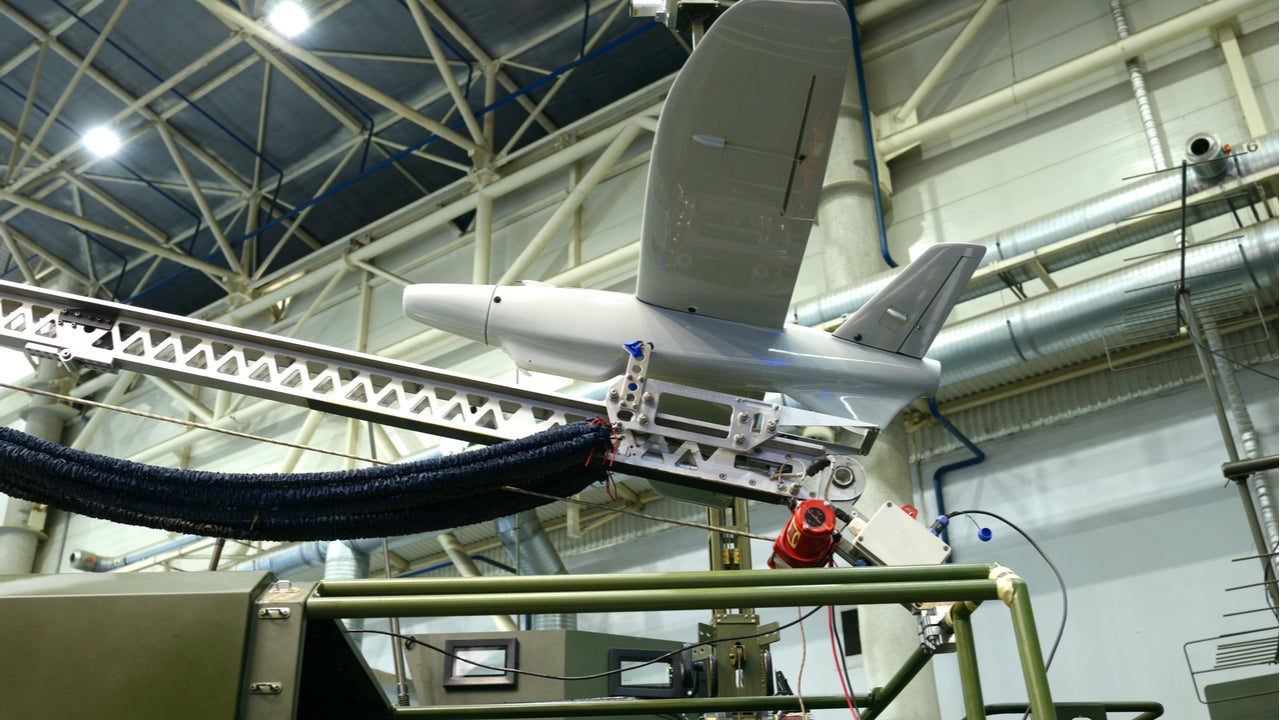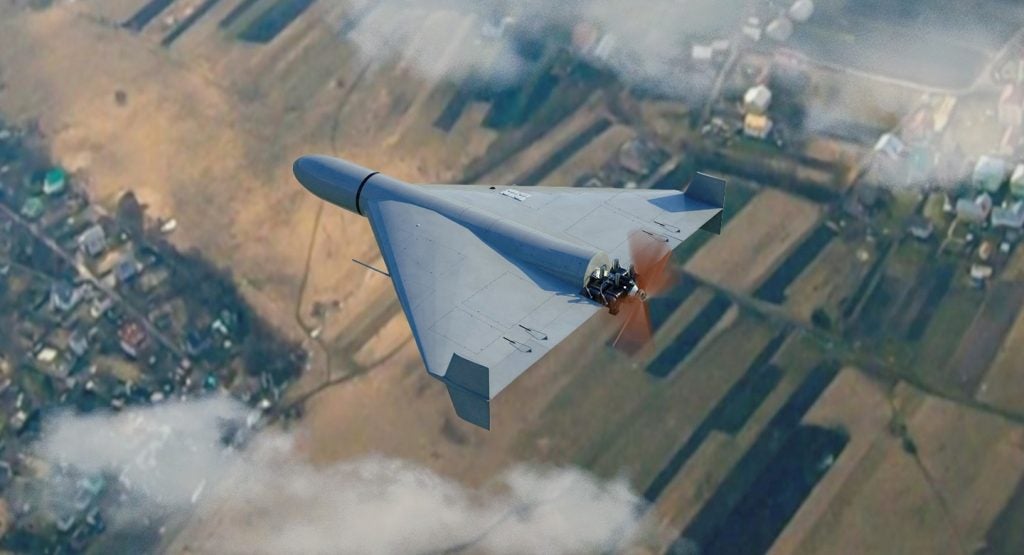Loitering munitions are a rapidly expanding segment within unmanned systems and munitions. While loitering munitions have been in use for several decades, their use has increased significantly in the past years, with the coming decade expected to see unprecedented growth in the market.
Listed below are the key macroeconomic trends impacting the loitering munitions theme, as identified by GlobalData.
Loitering munitions – economic risk
Trade war policies have a significant impact on global and national economies. Being used as a political weapon between countries, they feed a downward spiral of measures and countermeasures between opponents, which are not only limited to economic levers but can expand to other areas of international relations. This could potentially result in an escalation due to misperception.
In terms of loitering munition production, companies are dependent on imports, such as semiconductors, rare earth minerals, and battery technology used in loitering munitions. The scarcity of these materials could paralyse companies and impact the costs of loitering munitions.
China impact
China has a decent number of domestically produced loitering munitions, such as the CH-901, CH-817, as well as the WS-43—which are being evaluated by the Chinese Military. Designs of these have evolved in recent years to feature two sets of wings (front and rear) like the designs of other popular loitering munitions, such as AeroVironment’s Switchblade. These models would likely be tube-launched, and through various released videos and images look to be mature and ready to be fielded.
See Also:
China’s 2019 white paper emphasised the importance of unmanned technology. The country’s five-year plan also highlighted the importance of developing new unmanned aerial vehicle (UAV) capabilities as the proliferation of these weapons by their adversaries increases. This proliferation poses a particular problem for ongoing Chinese conflicts, including with Taiwan due to their potential to degrade existing air defenses.
How well do you really know your competitors?
Access the most comprehensive Company Profiles on the market, powered by GlobalData. Save hours of research. Gain competitive edge.

Thank you!
Your download email will arrive shortly
Not ready to buy yet? Download a free sample
We are confident about the unique quality of our Company Profiles. However, we want you to make the most beneficial decision for your business, so we offer a free sample that you can download by submitting the below form
By GlobalDataChina conducted many tests of loitering munitions in 2020 and 2021, building off the back of swarm technology tests in September 2020, which involved 200 loitering munitions being utilised at once. Increasing use of this technology by China vindicates the US decision to increase investment in swarm technology and loitering munitions.
Beyond visual line of sight (BVLOS)
The ability to operate BVLOS is currently the most demanding challenge faced by military drone applications. In military applications, there is the increased issue of communications and control interference. Loitering munitions currently need links for most of their flight to keep a person in the loop, legally complicating the BVLOS picture. Much of the BVLOS capability technology is the same as in drones.
Many advanced MALE UAVs such as the General Atomics MQ-9 Reaper are capable of being operated from anywhere in the world if the infrastructure is there, though this capability is only achievable for advanced militaries. Although this technology could be transferred to loitering munitions, it is unlikely as the cost would negate the benefits. However, BVLOS domestic drone operations are gradually gaining ground, with regulatory authorities granting approval in special use cases, albeit most often for experimental purposes at this point in time. For example, Switzerland and Sweden have permitted full-scale BVLOS operations for SenseFly and Heliscope/Scopito, respectively.
Poland has also opened up its airspace for enterprises to explore BVLOS operations. Japan is experimenting with Amazon drone delivery BVLOS systems under a special exemption in the city of Chiba. Similarly, Google’s Project Wing has also been approved for the testing of drone delivery BVLOS operations in Australia. Such initiatives by national regulatory bodies are encouraging drone industry participants to continue exploring BVLOS technologies and enabling the development of an efficient drone management system.
Other countries such as Canada, China, Denmark, Germany, New Zealand, South Africa, the UK, and the US are currently backing BVLOS by approving experimental operational permissions from different organisations.
This is an edited extract from the Loitering Munitions – Thematic Research report produced by GlobalData Thematic Research.









Related Company Profiles
Amazon.com Inc
Google LLC
AeroVironment Inc
General Atomics